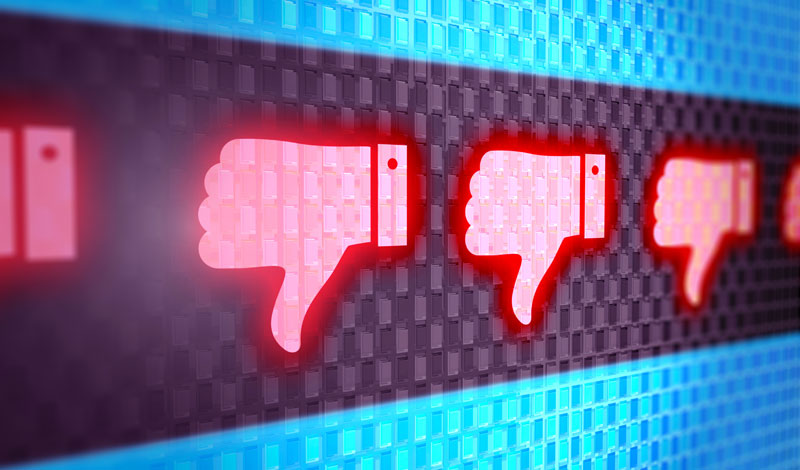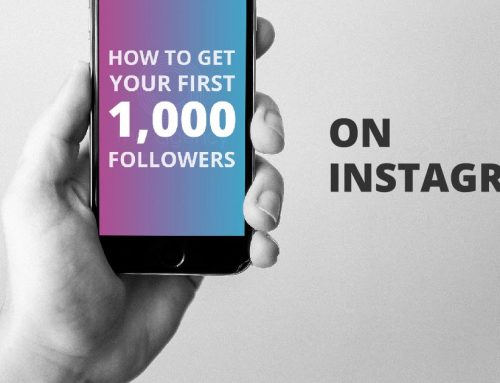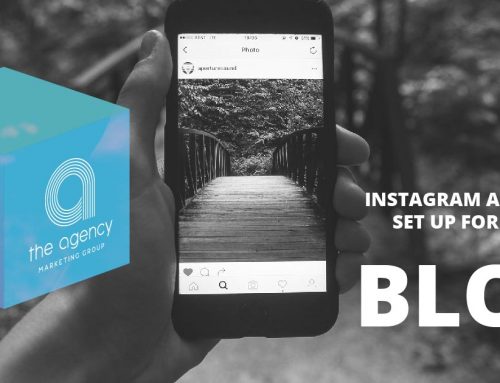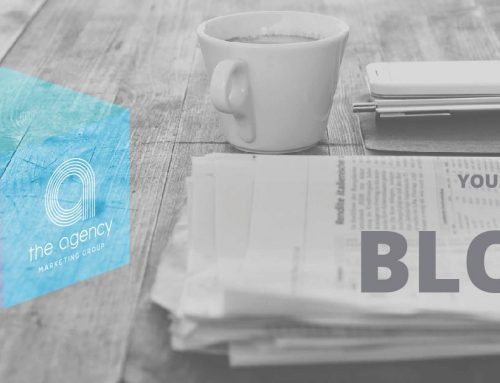Facebook is finally doing it
After years of rumors concerning adding a “dislike” button to Facebook, Mark Zuckerberg is finally planning on doing it. (But he hasn’t yet, so don’t get scammed and download some crazy virus saying that you need a certain program to get the coveted “dislike” button. It’s not true.) Zuckerberg says he would like to create a button that allows people to express sympathy or show they care without appearing insensitive, because again, nobody likes to “like” posts about peoples’ Grandmas dying. It’s just not right. The like button allows us to show that we are paying attention to what others are posting and even if it is negative or sad in nature, pressing the like button at least allows us to react and make our post-reading presence known.
But what will this mean for companies that have Facebook pages? And what about all the people that post stupid stuff all day? Will they be forever-drowned in “dislikes”? As a company trying to provide customer service and rapid-response to complaints and product reviews on Facebook, it’s pretty easy to imagine all the potential disaster-scenarios playing out right before your eyes. Evil-doers trolling your page, actual angry customers giving you a big, fat, thumbs down! That may very well happen; but a “dislike” button, or whatever it will be called, could also be a great opportunity for brands to interact and receive simple “yes/no” feedback from customers. In an interview with Marketing Week, the head of Telefonica UK’s strategy, planning, innovation and experience, Jonathan Earle, says that the dislike button “…will potentially become ‘invaluable’ as it will provide information on disillusioned customers and subsequently allow for better targeting.” This immediate sort of reaction to content, customer service, or products can actually motivate a company to move faster to fix PR blunders, respond to a negative (or positive) evaluation of its product, and of course, it will be nice to know that people are not happy to learn that Grandma died. Earle said: “Knowing in real time what key segments of the 1.4 billion Facebook users are thinking is invaluable and allows you to be much more on your toes when it comes to product, proposition, experience or service creation. Tweaking, for example, your beta product and testing again quickly and then comparing would be very compelling.”
A dislike button is most definitely a double-edged sword. For companies to come out unscathed after its implementation, they will have to start paying a lot more attention to this instantaneous customer feedback on Facebook.





Leave A Comment